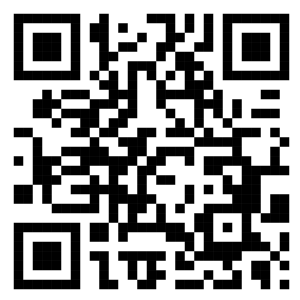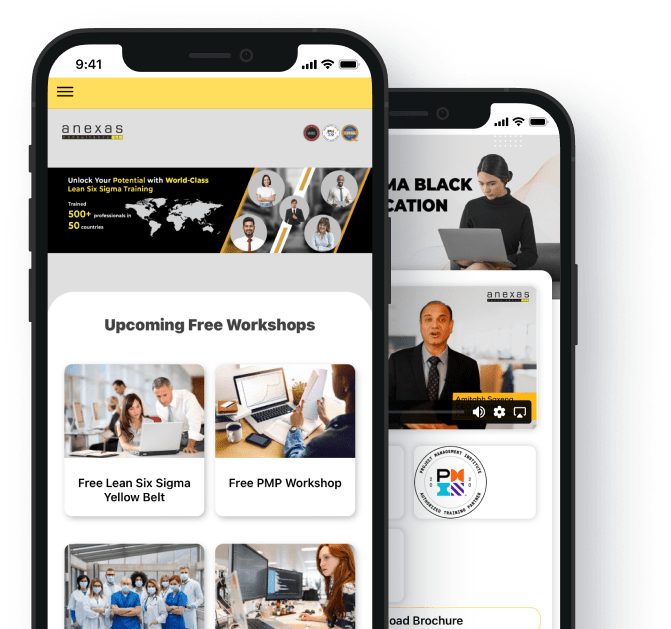Table of Contents
Share This Article
Brainstorming Techniques for Lean Six Sigma
- 27916 views
Brainstorming is an important idea generation method that we use in Lean Six Sigma projects. This article will cover all the tips and tricks which will help you in. Brainstorming is the key to the improving processes of Lean Six Sigma.. We often face a common challenge at the workplace that could stop us from having a successful and productive meeting. During a meeting, obstacles often arise, creating challenges in the workplace that need mediation. There are effective brainstorming techniques for Lean Six Sigma (https://www.youtube.com/watch?v=3j8pnUWsRNI) to approach these common challenges so that you and your team members can continue with your meeting and achieve your organizational goals.
Brainstorming is a method of generating a lot of ideas quickly by
- Encouraging Creativity
- Involving Everyone
- Generating Excitement and Energy
- Have equal respect for each idea suggested by members.
Did you know that completely avoidable ineffective meeting practices hold many meetings back? This article will help you in executing ideas-generating sessions with your colleagues, get tips and tricks to follow during brainstorming sessions and clear the Lean six sigma certification exam successfully. Let’s get started with the Free Brainstorming Techniques for Lean Six Sigma.

What is Brainstorming?
Brainstorming – consists of two words “brain” & “storming”, which is a method to generate a storm of ideas among the group members. Read on to get Free Brainstorming Techniques for Lean Six Sigma. Lean Six Sigma, brainstorming template is generally used at various stages of a project:
- To set up project agenda and draft project charter
- To generate potential causes during the fishbone diagram. https://www.youtube.com/watch?v=MTDWgv_f7s8
- To generate possible solutions to the identified root cause.
- When you need inputs from all the concerned on any subject matter.
- It is recommended to conduct a Brainstorming session before drafting- FMEA or any organizational documentation e.g., SOP (standard operating procedure), Control plan, etc. with the team to get input and buy-in from all the stakeholders.
- It provides a quick means for tapping the creativity of a limited number of people for many ideas. The brainstorming environment fosters an uninhibited, non-judgmental explosion of ideas, concepts, policies, decisions, and strategies. In brainstorming, all contributions are valid, and the key to a successful session is to share as many ideas as possible without evaluating them.
What are the ground rules of brainstorming?
There are well-described ground rules to follow during brainstorming. One can follow ground rules suggested by experts for the successful execution of a productive season in your company:
- The purpose of Brainstorming must be clear at the beginning of the session, each participant should understand the problem statement and goal.
- Include Participants (From the process / not from the process) to get a 360° view of all the concerns and perspectives related to the issue.
- A Facilitator is recommended to attend the session his/her role would be to facilitate the process and he/she will not participate in idea generation activity.
- Keep all the required Stationeries ready beforehand. Like paper, guide, pencil, pen, marker, whiteboard, highlighter, sticky notes, flip chart, and cards depending upon the brainstorming technique used and organizational requirements.
- Selecting the correct tool for brainstorming.
- Meeting room and facilities required for the successful completion of brainstorming.
- You must communicate to participants about time, venue, and topic “well in advance”.
No of 12 Tips for successful brainstorming
These 12 tips will help you create a successful Lean Six Sigma, brainstorming template:
- Give equal opportunity to everyone to participate in the session.
- Capture all the ideas (Document ideas) and write your idea on a notepad.
- Leave your designation and ego along with your shoes outside the meeting room
- A non-threatening environment is to be created so that all can participate.
- Ensure that there are no disturbances like noise, turbulence, distractions Etc.
- Focus on the topic (Create a parking lot), when participants are deviating from the topic, the facilitator should bring back the attention of participants to the agenda of the brainstorming.
- Fantasize freely (Do not put breaks on your thoughts), don’t give feedback about ideas, never start discussing the ideas,
- Watch your time! Don’t spend too much time on the same idea or person, discussion should be time bonded.
- Defer evaluation (Do not discuss ideas)
- Generate Quantity do not worry about the Quality of ideas.
- Make documents in the agreement of all the stakeholders, you can also perform brainstorming (https://www.youtube.com/watch?v=3j8pnUWsRNI) to finalize the documents.
- There may be conflicts (https://www.youtube.com/watch?v=hyd4LyRbZjM) between CFTs, but you can always follow structured techniques e.g., Six hats (https://www.youtube.com/watch?v=qaMeVK-KKd4)
What are the different methods of brainstorming?
There are 3 main methods of brainstorming, 4 of which we will discuss in this section:
- Round-robin
- 6-3-5 Brainwriting
- Anti-solution technique
Let’s See each of them one by one.
Round Robin:
This is a process in which the ideas are generated in a systematic method by moving from one person to another and obtaining an idea. the person who does not wish to provide an idea passes. the process is continued until each participant passes and the facilitator determines no flash ideas are being generated. As with all forms of brainstorming the ideas at the end are merged to make similar ideas combined considering each idea to come up with a final list of possible causes or solutions. Ask each member to read one of his/her ideas. Record this idea on a flip chart, whiteboard, blackboard, etc.
6-3-5 Brainwriting:
- Written Ideas are exchanged in this process. Each person who receives a written idea tries to expand on it or adds a totally new idea to it. The piece of paper is rotated, and a collection of ideas or solutions are then collated. This technique is used when the team members are unknown to each other.
Team members brainstorm ideas in a written form:
- Take 5 minutes to write down three solution ideas on the first row of your form
- Pass your form to the right
- On the form, you have just received from your team member, add another three ideas on the next row
- Add ideas by:
- Enhancing an idea already on the sheet
- Adding a variation of an idea on the sheet
- Adding a completely new idea
- Repeat for as many rounds as you have team members
Anti-solution technique:
Here the objective of the team is reversed to exactly the opposite of what is to be determined. for example, in the effort to improve the training program the team can debate about the ways in which the training program can be worsened the solutions are opposite of what is determined during the discussion.
Example Exercise1:
The most common mistake that the team members make during a brainstorming session is:
A) Not giving ideas
B) Coming Late in the discussion.
C) Start Discussing the ideas.
D) Jump to debate on something beyond the agenda of the discussion.
Answer: Here the correct option is option C start discussing the idea. Not giving an idea is not considered a mistake and coming late to the discussion might have a valid reason. While it is a ground rule for brainstorming that you should not discuss the idea, we have parking lots for situations when the team starts discussing ideas out of the scope of the Topic.
Example Exercise2:
When team members don’t know each other, which brainstorming technique should be used?
A) 6-3-5 Brainwriting.
B) Round Robin Technique.
C) Anti Solution Technique.
D) All of these.
Answer: When team members don’t know each other, It is better to use the 6-3-5 brainwriting technique because in this technique a written document is being circulated among the team members and they built upon each other ideas, and they can even present entirely new idea if they want. This doesn’t involve any discussion and best suits when people from different languages and ethnicity sit for brainstorming. It also helps in removing communication barriers. Option A) is correct.
Example Exercise3:
Which of the following statement is correct:
a.) Brainstorming sessions are informal and don’t need to follow any guidelines.
b.) In a brainstorming session, you should assign a group member to write down all the ideas as they are shared.
c.) A well-defined and clearly stated problem needs to be addressed during the session.
A) a and b
B) b and c
C) c and a
D) Only c
Answer: There are clearly defined rules and regulations for conducting a brainstorming session – statement a) cannot be the correct statement. we should always assign a member to note down all the ideas generated by the team and problem statements should be clearly defined before starting the session therefore statements b) and c) are correct. Hence option B) should be selected.
Conclusion:
Brainstorming is a technique to generate ideas within a group setting. It is used at various stages of a project, where the need for idea generation for causes of problem or solutions and possibilities for the project are not clearly understood or defined. It provides a quick way for tapping the creativity of a limited number of people for a lot of ideas. The brainstorming environment generates an uninhibited, unbiased explosion of ideas, policies, decisions, concepts, and strategies.
In brainstorming, all ideas are valid, and the key to a successful session is to “share as many ideas as possible without evaluating them”. There are many methods of brainstorming like 6-3-5, anti-solution, brainwriting, Round Robin Etc. One can choose a method based on the requirement of the scenario and organizational needs.
Also Read: Lean Six Sigma Green Belt Certification Control Charts






